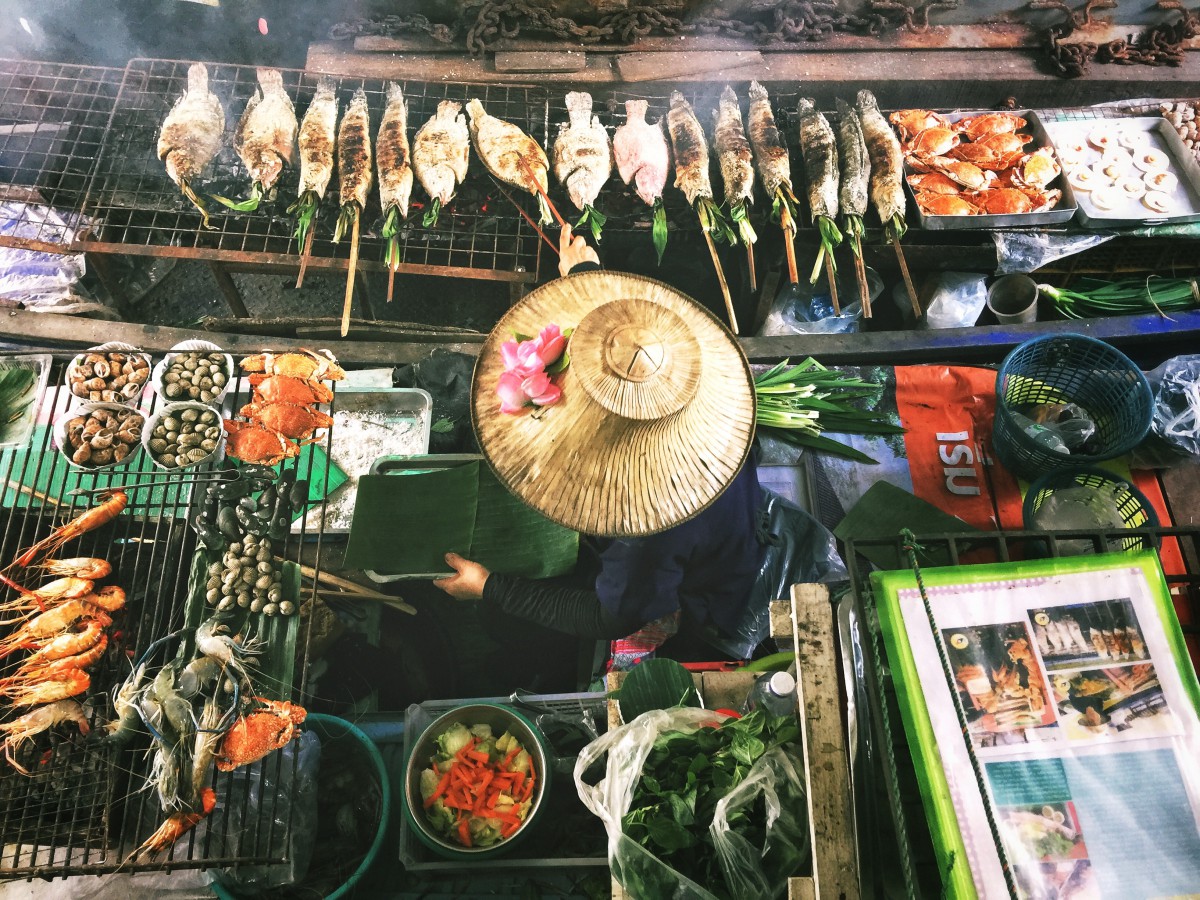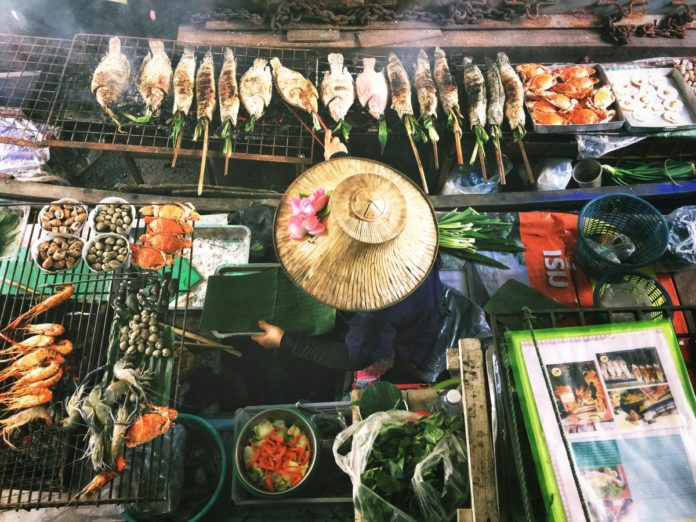TOURISM in Southeast Asia is shaping up to revolve around food, focus on sustainable travel and is blasting all international tourism intake predictions out of the water.
As the 37th Asean Tourism Forum (ATF) drew to a close last week in Chang Mai, the Association of Southeast Asian Nations (Asean) looks to be heading into a bright and tasty tourism future.
The preliminary travel and tourism data collated from 2017 and shared at the meeting with Asean tourism ministers reveals a whopping 125 million international tourists visited the region in 2017. If this data is confirmed, Asean can happily say tourism grew by 8.4 percent from 2016.
The estimated profit generated by Asean travel and tourism sits at US$93 billion, which is US$10 billion higher than the original 2017 target. These figures have certainly set a precedent for the direction of the region’s 2018 tourism industry.
SEE ALSO: Bangkok street vendor awarded city’s first Michelin star
ATF chairman, who is also Thailand’s tourism minister, Weerasak Kowsurat spoke at the conference about his delight for the positive and progressive data, but insists Asean nations should not to take a back seat as the work is far from done.
“As we celebrate this most recent success, we still recognise the scale of the task before us and the urgency in enhancing our competitiveness to achieve sustainable development,” Weerasak said.
“We must, therefore, ensure that we unite to create the synergy which brings about inclusive growth and that none of us is left behind.”
The Nusa Dua managed by Indonesia Tourism Development Corporation (ITDC)has been awarded the Asean Sustainable Tourism Award 2018 in Indonesia Best Urban Sustainable Tourism Award category during Asean Tourism Forum 2018 (ATF), 26 January 2018 in Chiang Mai, Thailand.#thenusadua pic.twitter.com/9wxyUafLgc
— The Nusa Dua (@thenusadua) January 30, 2018
As part of the plan to carry on expanding the Asean tourism sector, ministers from the association have decided to appoint a permanent secretariat in Jakarta to bring up tourism standards across all member states.
Another area of focus mentioned at the forum is the growing demand for cruise travel. Over the last 20 years, the worldwide demand for cruise tourism has grown significantly, according to the World Tourism Organisation.
Asean has agreed to focus more on developing efficient processes, responsibility in business practices, capacity building, destination management and effects on local communities and the environment in order to responsibly grow the cruise industry in Southeast Asia.
Following on from the consensus reached in 2017, to ease border restrictions, Asean also wants to allow travelers from member states to use domestic driver’s licenses in order to boost tourism, as research has revealed that looser border restrictions are more enticing to travelers using routes up from Singapore and down from India and China.

A vendor at a floating market in Bangkok, Thailand. Source: Lisheng Chang/Unsplash
SEE ALSO: Tourism can be a tool for peace and development
And of course, it wouldn’t be a Southeast Asian conference if the topic of food wasn’t bought up. The Joint Declaration on Gastronomy and Tourism was also adopted by Asean at the Gastronomy Conference.
The declaration aims to act as a knowledge sharing platform between member states in order to promote competitive destination experiences. With these new declarations and key-focuses in place, Asean hopes to exceed tourism figures from 2017 and surpass estimations for 2018.
The ATF will continue to run every year and promote tourism to Asean as though it is one singular nation. Next year, forum attendees will be making their way to Halong Bay in Vietnam.
This article was originally published on our sister website Travel Wire Asia.





